Replicating data from other databases to CrateDB with Debezium and Kafka
This step-by-step tutorial will show you an example of replicating changes on a table from MSSQL to CrateDB.
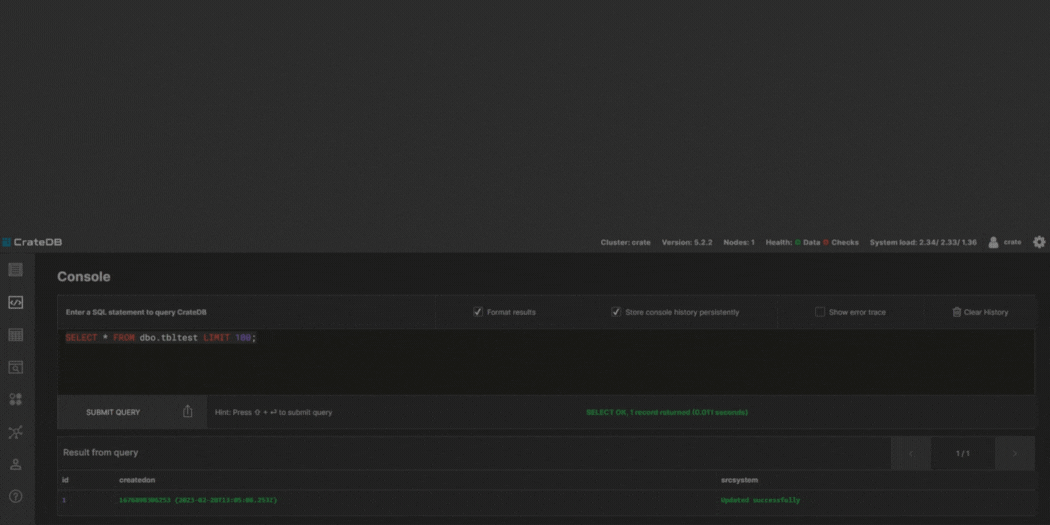
This step-by-step tutorial will show you an example of replicating changes on a table from MSSQL to CrateDB.
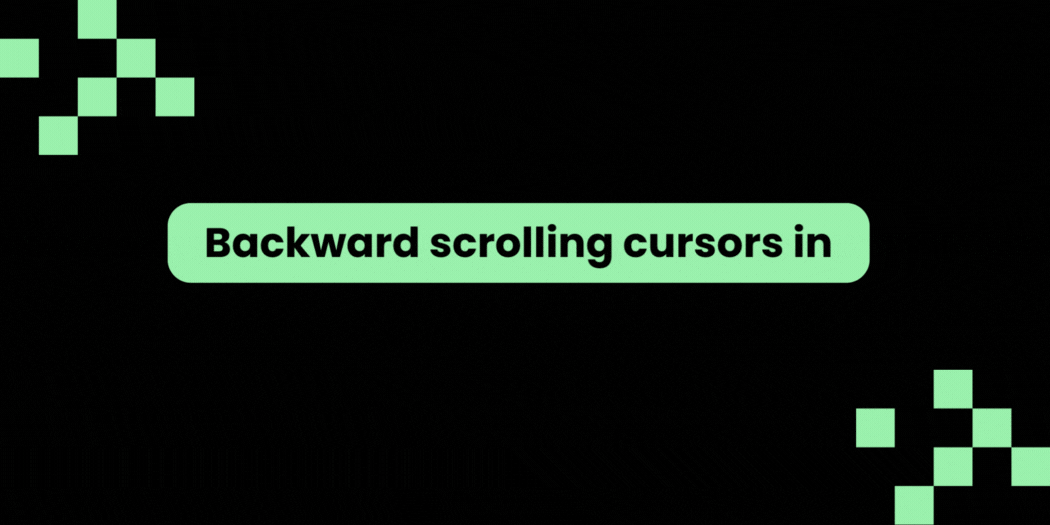
CrateDB supports cursors, and since v5.2, you can also enjoy the support for backward scrolling with standard SQL commands. Learn more!
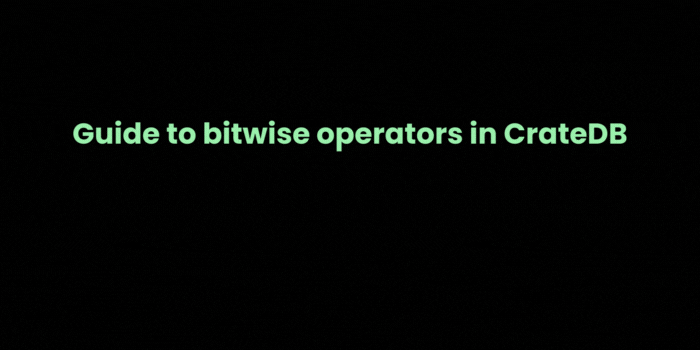
CrateDB continues to provide many valuable features. In the v5.2, we added support for bitwise operators. Know why this feature is handy!
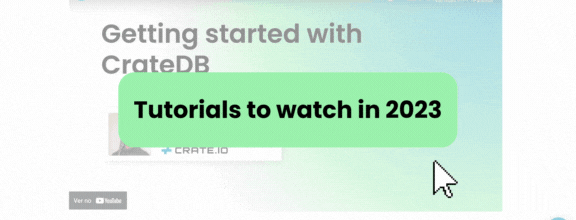
Time is flying by so fast in this newsletter you read more about CrateDB Community Day #2nd edition, CrateDB office hours, our brand new tutorials and more
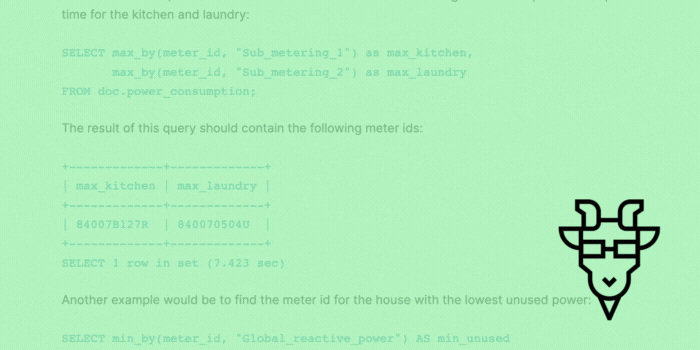
Know more about CrateDB v5.2 two new aggregation functions: max_by and min_by, and why they will make your life easier!

Learn about sharding and partitioning in CrateDB! The basic definitions, the principles behind shard distribution and replication and to avoid bottlenecks.

CrateDB v5.2 brings support for (backward) scrollable cursors, bitwise operators and min_by/max_by aggregations and more! Know all in this blog post.
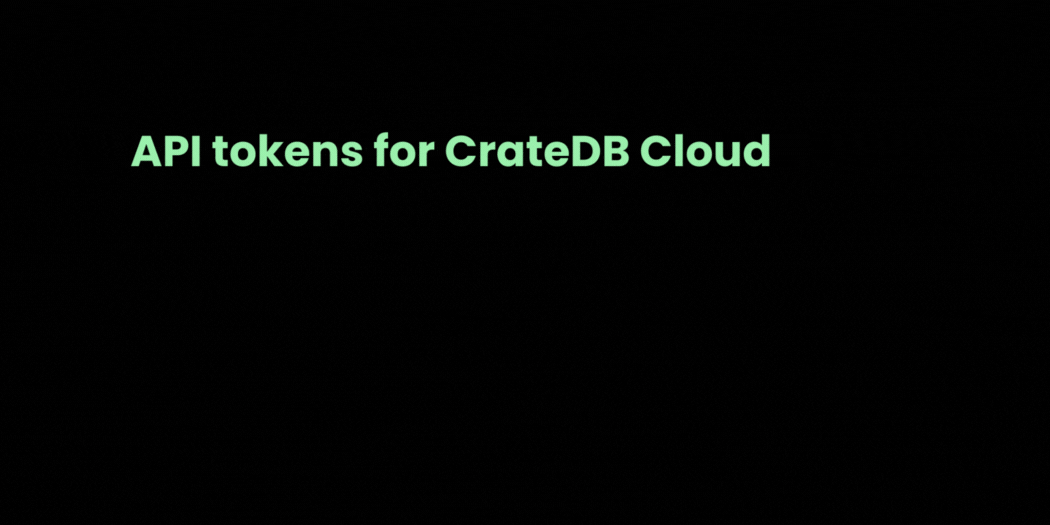
API tokens are a new functionality that makes it easier to integrate CrateDB Cloud into your existing workflows and applications programmatically!

The first month of 2023 has already passed. New events are just around the corner, as well as content and exciting product updates! 🤩
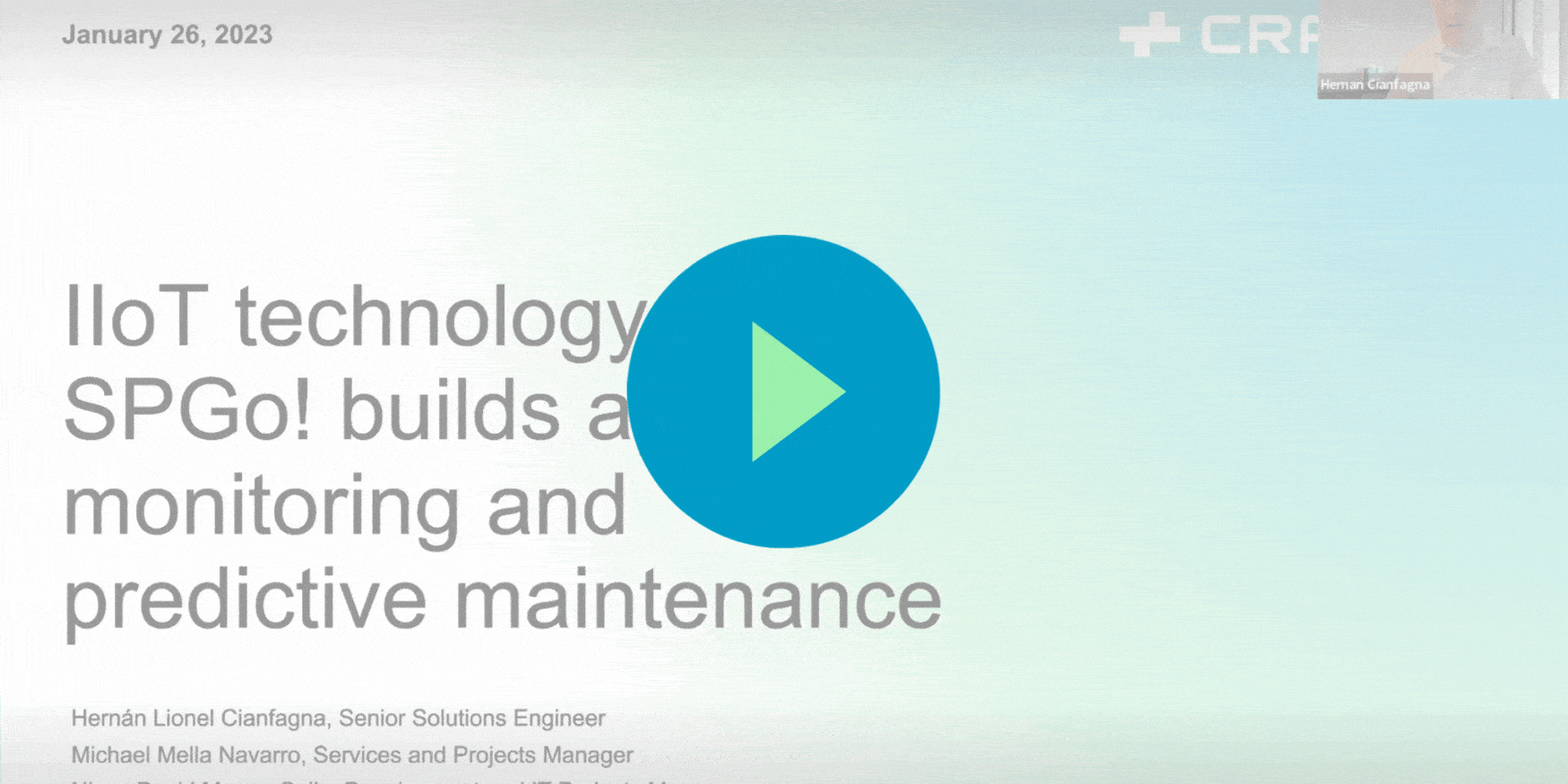
In this summary, discover more about Crate.io's first expert talk of 2023! Know more about IIoT and how SPGo! builds apps for monitoring and predictive maintenance.